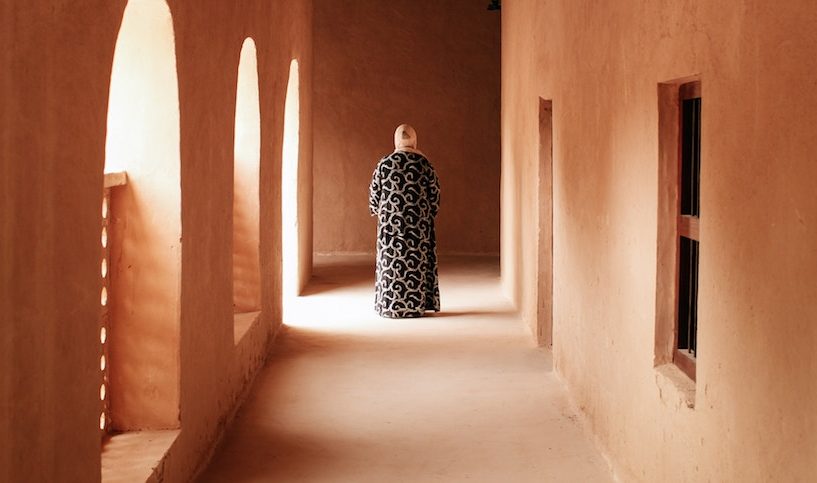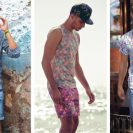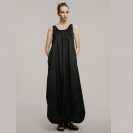We are not fashion historians, even though we occasionally fall down that rabbit hole and pretend we are. It is a ubiquitous garment in the Middle East and all over the world.
Call it a caftan, qoftan, Kuwaiti darra3a, hooded Moroccan djellaba, Hawaiian muumuu, Egyptian galabeya, Russian sarafan, Senegalese boubou or just a dress. It is still our favorite thing to wear in the hot summer months. It is versatile. It can be laid-back enough for bumming on the beach or on-point for the wedding of the season.
https://www.instagram.com/p/BgViTJmAGka/
The loose fitting dress with no shaping at the waist, is comfortable, airy and can be flattering on almost every body type. There are so many ways it can be made unique too. From fabrics to trims, the cut might be similar but the end result is stunningly different.
We usually associate kaftans with Arab or Middle Eastern countries, but almost every civilization had their version of it in some capacity of another. The Koreans have their hanbok, which is comprised of a skirt and jacket but still creates the same visual effect and the Japanese have their kimono, that has a similar silhouette but is tied with a belt.
On the subject of belts, the kaftan can be cinched at the waist too to make it more fitting. While many people attribute its rise in the rest of the modern world to Yves Saint Laurent, who was inspired by his stay in Marrakesh to bring them to the catwalk. It was actually Queen Alexandria, who appeared in a Russian kaftan and wowed the world. It was a move away from the tailored dresses of the time.
Paul Poiret and his rejection of the form-fitting silhouette which led him to designing tunics and dresses that were easier to wear for the modern woman and much closer to the kaftan in design.
https://www.instagram.com/p/Bh2NKmWjtUI/
Today, we have seen everyone wear them, from A-list celebs to moms picking up their children. And we love it! It is the easiest thing to wear in the world. They are the original yoga-pants of the Middle East. Just as liberating, your movement is never restricting but you can look way more put-together.
For us, growing up in the Arab world it never went away but it has seen a recent revival in creativity.
https://www.instagram.com/p/q7P4o4TXei/
Our mothers and grandmothers always wore them in the house. Perfect for entertaining impromptu guests or even running a quick errand. And while they never really go away, Ramadan is when they really shine.
https://www.instagram.com/p/Bglxxd3gZ8N/
Everyone and their cousin wants to be the belle of the 3azeema in their pretty kaftan. And who could blame them? The kaftan is forgiving in every way. Stuffed yourself with kanafe and machboos? The kaftan won’t judge you with a tight waistband.
And just because it is so basic, that doesn’t mean it has to be boring. Designers have been experimenting with hemlines, different shoulders, and using interesting construction to create new lines every season.
Local indie designers have been releasing their interpretations of this year’s darra3at for weeks. And Harvey Nichols has already hosted their annual event. It is definitely the season of the kaftan.
https://www.instagram.com/p/BhTbCQBBgcZ/
This year, we are seeing more natural fibers like linens and cottons. Neutral and solid colors are plentiful too. It provides a blank canvas for bolder statement jewelry and are more versatile. Touches of gold too add richness to the dresses. If muted tones are not your thing you can still find wonderful prints, stripes and bold colors. Never fear, there is always a kaftan for you.
https://www.instagram.com/p/BguBUvClDw2/
Beyond comfort and aesthetics we think the kaftan is sensual. The fabric shifts and moves around you creating an ever changing outline with your body contour. It can be feminine and powerful at the same time. It has been Middle Eastern women’s uniform for centuries. The endurance of the Palestinian thobe with its embroidery evokes strength and resistance.
https://www.instagram.com/p/BhySpj9Fbx9/
Have you bought your Ramadan ’18 kaftans yet?











